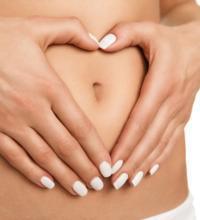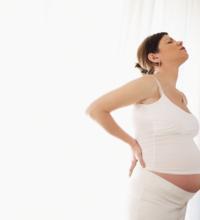Understanding Post-Workout Muscle Soreness: The Good and the Cautionary

For over 30 years, Dr Abbie Swank, Dr Parker Neill & Dr Timothy Swank have been serving Cary, Morrisville, Apex, Raleigh & surrounding North Carolina areas. We offer affordable Non-Surgical Spinal Decompression therapy for patients suffering from herniated & bulging discs, sciatica & neuropathy. You'll discover that our... more
Feeling muscle soreness after a workout validates your effort. However, when discomfort turns to borderline pain, it's time to heed your body's warning. Known as delayed onset muscle soreness (DOMS), it's a normal response to intense exercise. Micro-tears in muscle fibers cause inflammation and pain, peaking 24-72 hours after workouts. This process drives muscle growth and strength.
Excessive soreness isn't a shortcut to results. Eccentric exercises trigger more soreness. But remember, moderation is key. Differentiate between types of soreness: DOMS, acute during exercise, and injury pain. Gentle activity aids recovery, avoiding overworking sore muscles.
For relief and prevention:
- Light movement boosts circulation and healing.
- Hydration reduces waste product accumulation.
- Gentle stretching eases tension and improves range.
- Protein aids muscle repair and growth.
- Heat or ice can alleviate discomfort.
- Self-massage via tools like foam rollers helps.
- Adequate sleep supports muscle recovery.
Preventing DOMS means gradual progression and cautious introduction of new exercises. Listen to your body. Seek medical attention for severe symptoms. Achieving a balance between pushing limits and effective recovery is the goal."







